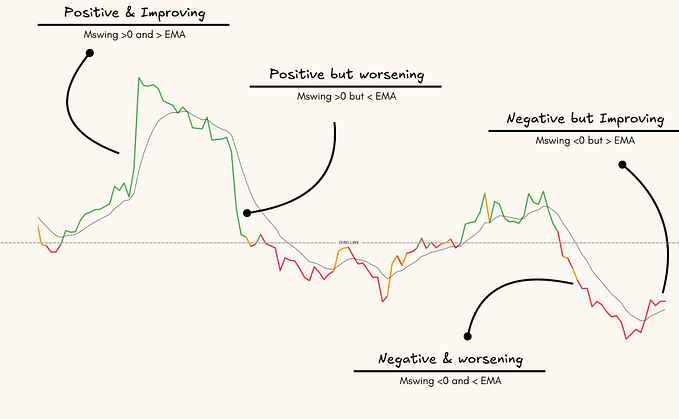Machine Learning in Financial Analysis

The financial industry has always been at the forefront of adopting new technologies to enhance decision-making and performance. Machine Learning (ML), a subset of artificial intelligence, has become a pivotal tool in financial analysis. ML algorithms can digest vast amounts of data, learn from it, and make predictions or decisions without being explicitly programmed to perform the task.
Understanding Machine Learning
Machine Learning involves algorithms that learn from data and improve their performance over time. Unlike traditional statistical methods, ML can handle large datasets with many variables and can uncover complex patterns that might not be immediately apparent to human analysts.
Applications in Financial Markets
Predictive Analytics
One of the primary uses of ML in finance is predictive analytics. By analyzing historical data, ML models can forecast stock prices, market trends, and economic shifts. For example, a neural network might be trained on a decade of stock market data to predict future movements of the S&P 500 index.
Risk Management
ML also aids in risk management by identifying potential risks and suggesting mitigation strategies. Credit scoring is a well-known application where ML models assess the risk of lending to individuals or businesses.
Algorithmic Trading
In algorithmic trading, ML algorithms can execute trades at high speeds and volumes that a human trader cannot match. These algorithms can analyze market data in real-time and make trading decisions based on predefined criteria.
Fraud Detection
Financial institutions use ML to detect unusual patterns that may indicate fraudulent activity. By constantly learning from new transactions, ML systems can adapt to detect sophisticated fraud tactics.
Challenges and Considerations
While ML offers significant advantages, it also comes with challenges. Financial markets are influenced by a myriad of factors, including human psychology, which can be difficult for ML models to account for. Moreover, ML models require large and high-quality datasets to learn effectively, and they can be susceptible to biases present in the data.
Conclusion
Machine Learning is transforming financial analysis by providing powerful tools to predict market behavior, manage risks, and detect fraud. As technology advances, the integration of ML in finance is likely to deepen, leading to more sophisticated and efficient financial systems.









